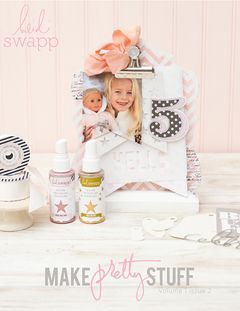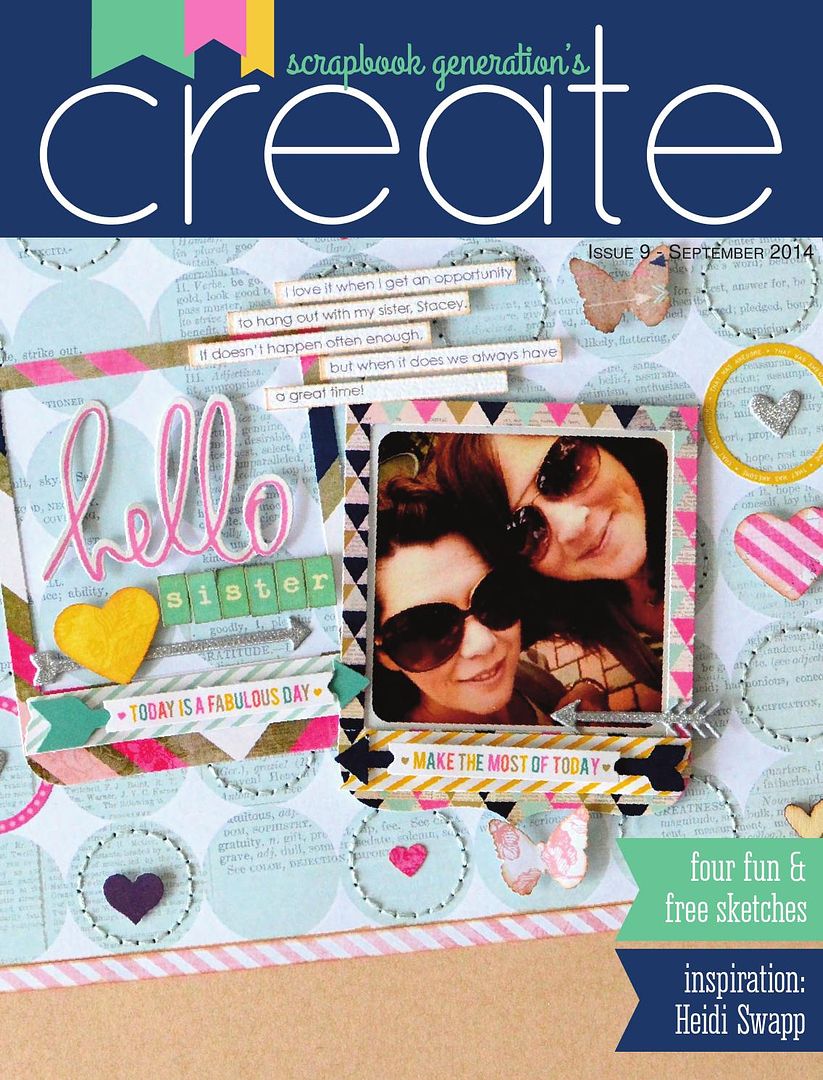The Springtime Ruffle Pillow tutorial!
OK...let's do this...
Here is what you'll need:
*Pillow or pillow form you want to cover. I've used a pillow form that is 12"x16" for this tutorial, but you can use any size pillow you like...the measurements adjust easily...
*Fabric: for my pillow I needed only 1/2 yard, and I had fabric left over. But if you're using a larger form, you'll (obviously) need more fabric...smaller form, less fabric. I always think having more on hand is better than having less...if you make a mistake, or decide you need more ruffles, you'll be set. Plus, you can always use the leftovers for other projects.
*A rotary cutting tool (or scissors)
*Straight edge (so you can achieve perfection in cutting your fabric...{smile})
*Tape Measure (this will really help when measuring the pillow's circumference...trust me - a ruler just doesn't cut it in this instance).
*Straight pins (nope, they're not in the photo, but you'll need 'em)
*Sewing machine (or needle & thread)
*Iron (yes, this is a must!!!)
*SEAM ALLOWANCE: 1/2"
STEP 1:
IRON, IRON, IRON your fabric! This is just so important to ensure correct measurements, to make the project easier to work with and to make your finished project pretty...
STEP 2:
Measure the circumference around the width (longest dimension) of your pillow - try not to squeeze the pillow while you're doing this. Better to have a circumference that's too large than too small.
STEP 3:
Take your circumference measurement and add roughly 6" (this number is just a matter of preference...this extra fabric will be what forms the overlap on the back of the cover. I like to have a fairly large overlap...this way it will lie flat on the pillow).
 |
| ...this is what your fabric will look on your pillow after you have overlapped the two ends on the back... |
STEP 4:
Cut your fabric. You should end up with a rectangle...the long side should be your width circumference + 6", the short side should be the height of your pillow + 1" (for your 1/2 seam allowance on each side).
STEP 5:
Working on the short sides of your rectangle, with the right side of the fabric down, turn down your raw edge 1/4" and then again 1" to form your hem. Iron flat and sew 1/8" from the inner edge of the hem.
STEP 6:
Once you have your hems sewn, place your pillow down on the right side of the fabric and fold your edges up over the top of the pillow...allow one side to overlap the other.
STEP 7:
With the pillow form still between the fabric layers, mark the fabric where the top & bottom layers of the pillow meet (the side seams of the pillow). This will allow you to see where the "front" of the pillow cover is when you remove the pillow. Mark both the "top" and "bottom" of the fabric with pins (see photo).
STEP 8:
Carefully remove the pillow form from between the layers of fabric, being sure not to disturb any of your pins. You should have a rectangle of fabric with four pins marking the "top" of your pillow cover (your pins should be on the "right" side of your fabric)...The area between the four pins is where you will attach your ruffles.
STEP 9:
Now it's time to cut your ruffle strips...
Here is the general rule I follow when it comes to ruffles...cut the ruffles twice as long (in this case twice as high) as the fabric you are attaching them to...for example, the height of this cover is 12", so cut your strips 24" long. The width of the strips is up to you...I used 2" strips for this pillow. For a smaller pillow, I may go more narrow and for a larger pillow I would probably go wider. Cut at least 10 strips to start...I'm sure there's some great math formula I could figure out that would give me an exact number of how many to cut for a certain width pillow, but I ain't doin' it. So, just cut a bunch...if you need more, cut more.
STEP 10:
Take each of your ruffle strips and sew a basting stitch (or the longest stitch you have on your machine) all the way down the center of your strip. REMEBER: DO NOT backstitch when you start or end this stitch...just put the fabric under the needle and go...when you are done - no backstitching...leave it loose. Also, leave enough thread on both ends of the stitch so that you can grab hold of it without any trouble.
STEP 11:
Now take a basted ruffle strip and place it so that it lines up next to the pins that you have in your fabric. This strip will be the first one on the top of your pillow. Pin the strip to the bottom (or top, whatever is easier for you) of the fabric rectangle, allowing about 1/4" - 1/2" overhang.
 |
| ...this photo doesn't show it, but pretend there is a pin along the right side of the ruffle strip - |
STEP 12:
Grab one of the long strings from your basting stitch (either the bobbin thread or the needle thread...doesn't matter which one...but one will probably pull more easily than the other) and start to gently tug at it. You will see your ruffle start to develop. Start to spread the ruffle out along the length of the strip, being very careful not to pull too hard on either the thread or the fabric...you don't want the thread to break...then you have to start all over with the strip...and that's not fun...believe me.
STEP 13:
When you have finished creating your ruffle, pin the top of the ruffle to the fabric rectangle (and the middle, too, if you'd like...this will make the ruffle a little more stable and easier to sew to the rectangle). The top of your ruffle should line up with the other pin at the top of your rectangle...this will assure that the ruffles are straight.
STEP 14:
Now take your rectangle with the ruffle attached back to your machine and sew down the middle of the ruffle, just to the right (or left) of your basting stitch. Backstitch at the beginning and end of your stitch. After you have finished attaching the ruffle, take the thread that you pulled to make your ruffle and continue to pull it all the way through the ruffle and out of the fabric. Then remove the other thread (either the bobbin or the needle - whichever one you didn't pull to create the ruffle)...be careful when removing these threads - if the thread breaks while you are removing it, it's no big deal - it just takes a little longer to get it out...
When you have the basting stitch removed, take your attached ruffle and pin one side (the side that will be closest to the next ruffle) and pin it up so that it won't get in the way of you attaching the next ruffle.
STEP 15:
Take your next ruffle strip and attach it the same way you did in STEPs 11-14. I usually attach my ruffles so that there is a slight overlap between the edges of each ruffle. You may like them more bunched up or more spread out, so attach the next one wherever it looks "right" to you. In this example I left about 1/2" between the middle of the previous ruffle (the stitch) and the edge of the next ruffle. When I unpin the previous ruffle, it's edge will slightly overlap the edge of the adjoining ruffle. How's that for a crazy sentence? Make any sense?
Continue attaching ruffles in this manner until you reach the other two pins. (I worked from right to left on this pillow...don't know why, just did. You may choose to work from left to right - like every other normal American).
STEP 16:
Almost done...hang in there...this is the easy part...;)
Place your pillow form on top of the ruffles and bring your edges up over the top of the pillow (again, these edges should overlap). You should find that the ruffles cover only one entire side of the pillow (the side that is now on the bottom) - if you see that your ruffles are coming up over the top or around the side, adjust the rectangle until they lie across only one side of the pillow (unless, of course, the former is the look you're going for).
 |
| ...looks like these edges could stand to be ironed again!!! |
STEP 17:
Now pin the overlapping edges of the fabric (make sure the fabric rectangle fits snugly (is that a word? Or is it snuggly?) over the pillow - you don't want it to be too loose...)
STEP 18:
Carefully remove your pillow form, again being careful not to disrupt the fabric placement. You want to make sure the ruffles are still on the "bottom" and that they stretch from side to side of the pillow cover. Also, make sure that each individual ruffle lays flat...you don't want any of the edges folding back on itself.
 |
| ...umm, iron, please? |
STEP 19:
Now you will pin the sides of your cover together. You may find this a little more difficult because of the slight ruffle overhang on each side...no worries, just take your straight edge, and your cutting tool and slice off the extra ruffle yuck (make sure you don't cut the sides of the rectangle! Just the ruffle ends...) You should now have a (relatively) nice, clean edge to pin...
STEP 20:
Now sew (with your 1/2" seam allowance) down both pinned sides of the cover, being careful to not sew over the pins.
NOW...turn your cover inside out, push out the corners and fill with your pillow!
YOU"RE DONE!!!
Not too bad, huh?
You'll notice that I left the edges of my ruffles raw...I really like this look, especially with linen (the fabric I chose to use). If you would rather hem your ruffle edges or finish them with a rolled hem, fantastic...just make sure to add a little to your ruffle width measurement to account for either a hem.
Now, for the fun part!
Wanna win this pillow cover??? The same one pictured above? Just leave a comment on this post and you'll be entered to win it! Yay! Heck, why make it when you can have it delivered right to your door???
...the cover will fit a 12"x16" pillow form (not included in the giveaway)...
I will chose a winner through random.org on Sunday night (April 10) and the winner will be announced Monday morning (April 11). Giveaway has ended...congratulations, Kristin!
Have a great weekend!!!
Linking to:
This tutorial was featured at:





























